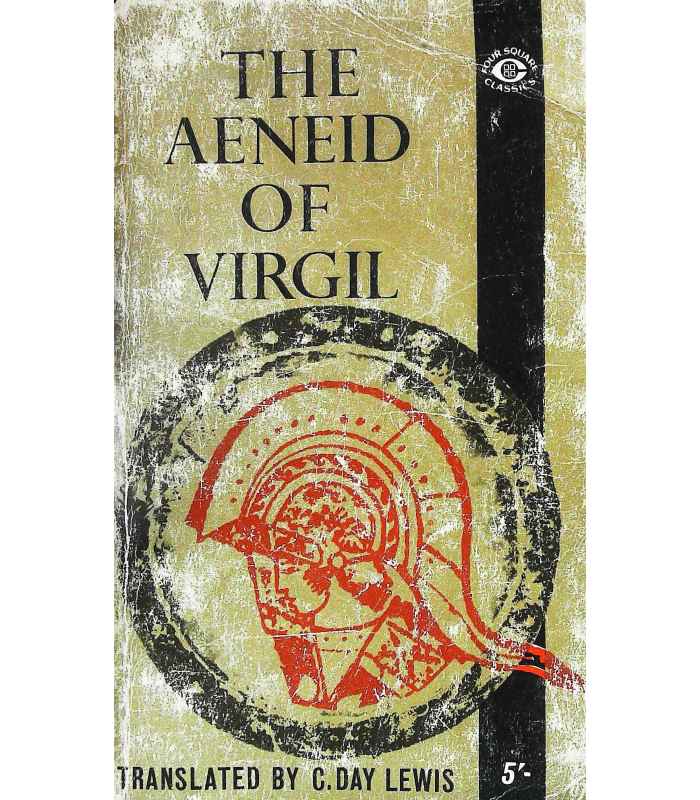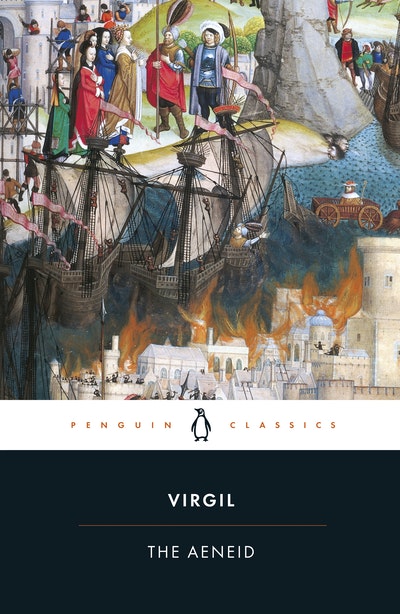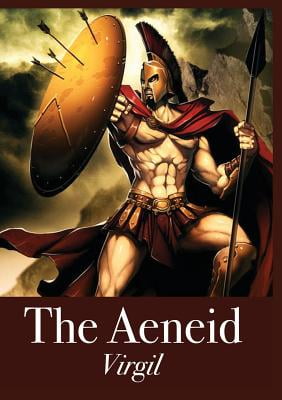



During his presidency, the university extended its facilities with laboratories, libraries, classrooms, and athletic facilities. The university soon became a center for advanced scientific and technological research. This enabled them to discover their “natural bents” and pursue them into specialized studies. Under his leadership, Harvard began to expand the range of courses offered, permitting undergraduates with unrestricted choice in selecting their courses of study. Eliot was quickly elected as the youngest president in Harvard’s history. In 1869, he published a two-part article with his ideas about reforming American higher education in The Atlantic Monthly, catching the attention of Harvard businessmen trying to pull the university out of a crisis of short-term presidents and languishing curriculum. Returning home in 1865, Eliot accepted an appointment as professor of analytical chemistry at the newly-founded Massachusetts Institute of Technology. But his particular concern was with the relation between education and economic growth. He took an interest in every aspect of institutional operation, from curriculum and methods of instruction, to physical arrangements and custodial services. Eliot left Harvard in 1863 and traveled in Europe for nearly two years, studying the educational systems of the Old World. Eliot graduated from Harvard in 1853, and was appointed tutor in mathematics in 1854, before becoming assistant professor of mathematics and chemistry. Charles William Eliot (1834–1926) served as president of Harvard University for 40 years, helping to shape the struggling provincial college into a premier American research university.


 0 kommentar(er)
0 kommentar(er)
